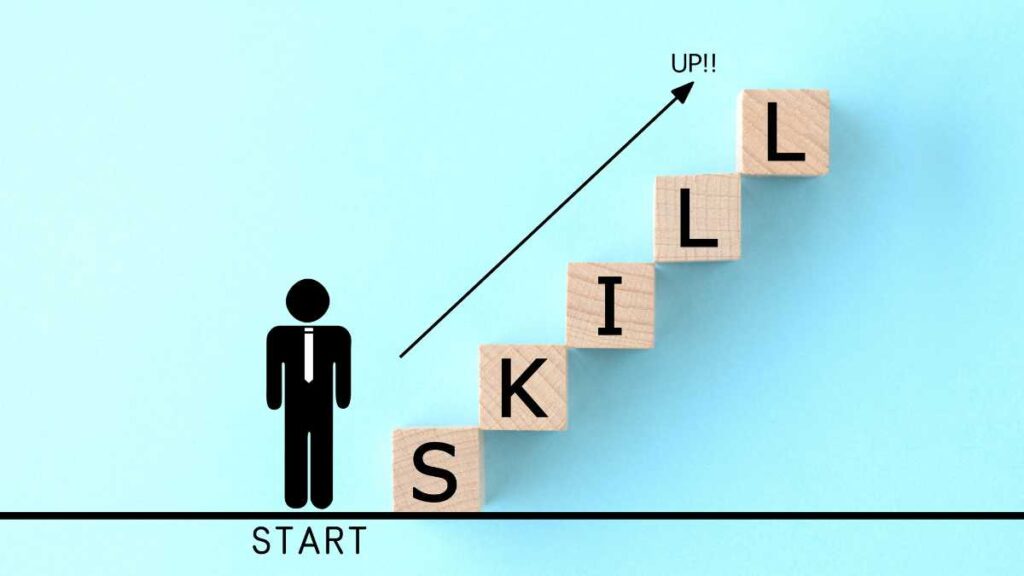In 2024 it’s all about SKILLS – upskilling and mapping the skillset of your current workforce.
What does this mean? Let’s start with mapping the skill set of the current workforce. First, an organization must define the skills they deem necessary to be successful in the respective position. This might include things like interpersonal skills, software proficiencies, time management, and so on. Once the skills are identified, it’s time to take a deep look at the current team and evaluate the various strengths and weaknesses within the defined skill set. One simple way to do this is by creating a table or Excel sheet. Each skill will serve as a column heading, and each team member will serve as a row heading. From there, simply check the boxes that apply.
Here’s one example of how you might build a skills map:

This visual representation is a critical exercise to identify where your skill gaps are and where you may be a little heavy. Understanding this will allow you to staff appropriately where you need it the most.
Now that you have your skills map developed and understand your skill-based hiring needs – what’s next?
In this market, hiring leaders must understand it’s nearly impossible to find a candidate who checks every single box. Employers who are the most successful in recruiting, learn to upskill. Upskilling is the practice of investing in your team by providing training, mentorship, and other resources to build upon and improve their skill sets to fill the gaps identified in their skills map. Said more simply, upskilling is leveling up your current team’s skills, and serves as a way to address those skill gaps both within your existing team and with potential candidates.
To truly shift to an upskill mindset, you need to pivot your focus away from checking the most boxes to checking the right boxes.
You’ll do this by focusing on finding candidates who have the untrainable and hard-to-train skills that you are looking for like communication style, culture fit, etc. When you find those candidates, then you focus your energy on upskilling by teaching them everything they need to know to be a successful fit with your organization. For example, this might look like providing a training course in Microsoft Excel for a candidate with great communication skills but little experience building spreadsheets. Another example is providing a mentor who can help model strong customer service skills to a candidate who has great technical skills but no customer service experience.
Try this out and your retention rates will likely skyrocket. To add more incentives, utilizing your current talent to close skill gaps will impact your bottom line by increasing productivity, saving money, and boosting employee loyalty. Having your skills mapped out will also show you who has the ability to train and mentor the staff you need to upskill.
For more information on how your organization can benefit from skills-based hiring and reach the right candidates, reach out to our recruitment advisor for more information.


